A thing to note about the PSP is that it was the home to a lot of SRPG’s. Strategy Role-Playing Game for the newbies. This seems weird, as this is a genre known for having long, back and forth battles that would not normally make it friendly for a handheld format. Funny thing is, for the most part, these kind of games actually worked on the PSP, having a smaller amount of units on a map, or quick battles, and something to speed up the process. Provided you installed the fan patch to fix the magic and summons slowing the game down to a crawl, Final Fantasy Tactics was a fun way to spend a commute.
Knights in the Nightmare is one of these games. This is a game that takes its format and makes the most of it. It’s fast paced, it’s hectic with shit flying all over the screen. Knights is this freak of nature; a tactical RPG and a bullet hell shooter. I understand that this does not make any sense.
KitN is a game by one of my favorite overlooked developers: Sting. Not be confused with the legendary pro wrestler, or the guy that was in a band with my illegitimate father. Sting is a company that makes stuff that goes off the beaten path; they are responsible for the greatest roguelike ever made in Baroque, for example. They also apparently worked on the Wonderswan port of Wizardry: Proving Grounds of the Mad Overlord, meaning that I need to start up a new Wizardry playthrough sometime. Knights continues this Sting tradition of being different, and also being awesome.
Battles don’t play out the way they do in other SRPG’s. Your units are fixed in place (with the exception of two unit types, that only move when using certain attacks), can only face and attack in two directions. Enemies don’t actually do damage to your units, instead focusing on attack you, The Player, specifically. This is where the bullet hell comes in, as the real main character is you, represented by the cursor, and enemies fire projectiles that your cursor needs to dodge. Getting hit takes away not life, but time. Right, forgot to mention that these battles take places over the course of timed rounds, and you have to complete a battle before the final round is over. And to win battles, you can’t just blindly kill every enemy; you have to kill them in a way that fills a tic-tac-toe grid, and you can select enemies that fill that specific part of that grid via a between rounds roulette wheel.
This sounds confusing, admittedly. But it’s to this game’s credit that it becomes second-nature pretty quick. KitN presents you with a lot of numbers and menus, yet it never feels overwhelming, allowing you to get back into those fast-paced, snappy battles. On a mechanical level alone, Knights in the Nightmare is extremely cool, unique, and worth playing. The PSP version (this also got a DS release) also includes a small extra campaign if you have save data from Yggdra Union.
I’m spending all this time talking about how the game plays and its uniqueness because, again, this is a game by Sting, and this unorthodox style carries over into its plot. Much like their best game, Baroque (will never not take time to say Baroque is awesome), Knights in the Nightmare is also a nihilistic, somber story about the shitty side of humanity and the world coming to an end. Your “cursor” is actually the soul of an assassinated king. Due to said king being preordained as having the power to defend humanity against gods and demons, he can’t truly die, and now rules over an army of dead soldiers in an attempt to restore some semblance of order in a world that has quickly gone to shit since your murder, thanks to your killer also summoning a powerful demon. From the testimony of various soldiers and generals, you were a wise, caring leader that’s worth fighting for, even in death…then you experience the story from the perspectives of those outside of your kingdom and realize that, actually, you were a racist, genocidal monster that did everything he could to hold down other non-human races in poverty and unlivable conditions.Your undeath will also involve you resuming your duties, literally wiping out entire villages and tribes on your way to taking out this god that wants to end humanity. Needless to say, this is a game that has a little bit of moral ambiguity to it. You’re a bad guy doing a good thing for bad reasons, and a lot of people are going to get killed along the way.
This story is told through a series of disjointed, out of order flashbacks. Scenes of a knight’s life moments before their death. The torturous transformation of your son into a werewolf, and his eventual death at your hands. Your assassin unwittingly making his own daughter into a sacrifice. All the political intrigue of the various kingdoms. Then, after it’s all over, you find out that this is a story being told by the Grim Reaper himself, questioning humanity’s constant conflict and willingness to kill one another. I dare say that Knights in the Nightmare may have a touch of “The Politics.” Now, I will maintain that Sting’s best narrative effort was, again, Baroque, but Knights still does some cool stuff that can make you feel very uncomfortable at times. This is a game with multiple endings, and none of them are particularly happy ones.
When I thought about dedicating an entire month to the PSP, I didn’t want to simply do write ups of its best games, like Metal Gear and Monster Hunter; you can find those anywhere. I wanted instead to focus on stuff that’s less known, but still immensely interesting. Knights in the Nightmare is cool, it’s fun, it’s sad, it’s weird, it’s fucked up. I love it, and I hope that you’ll play it yourself and love it, too.

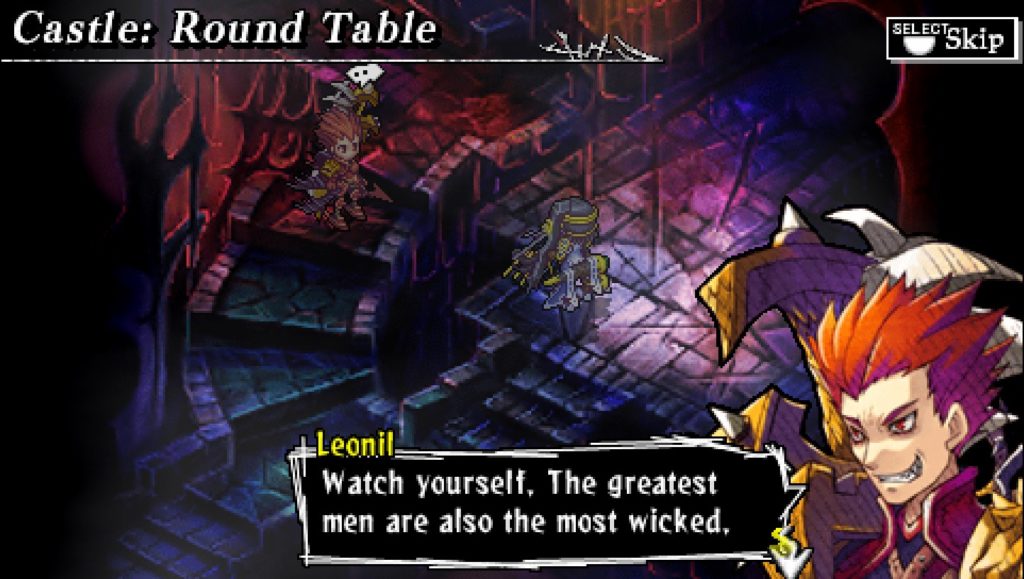

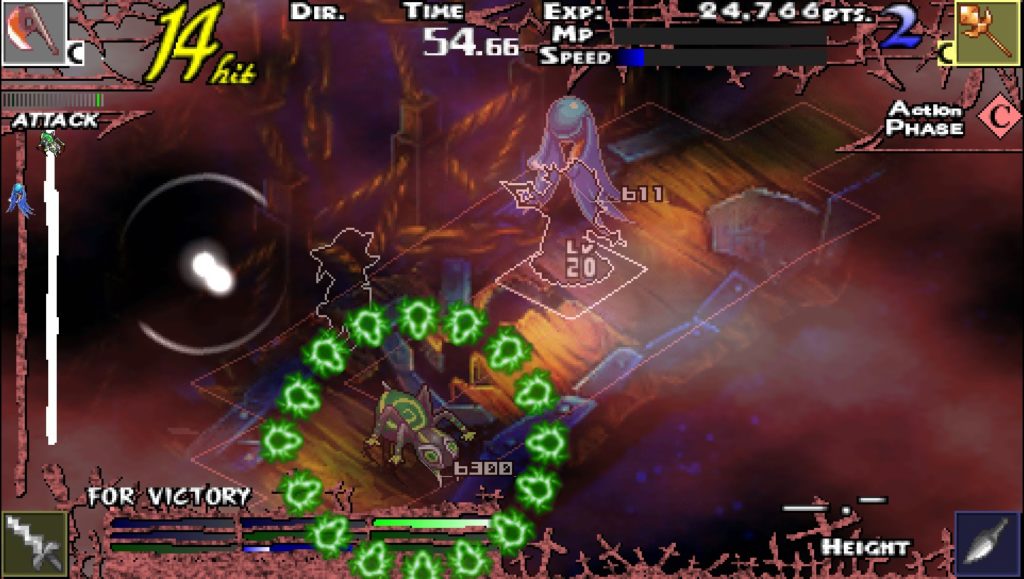
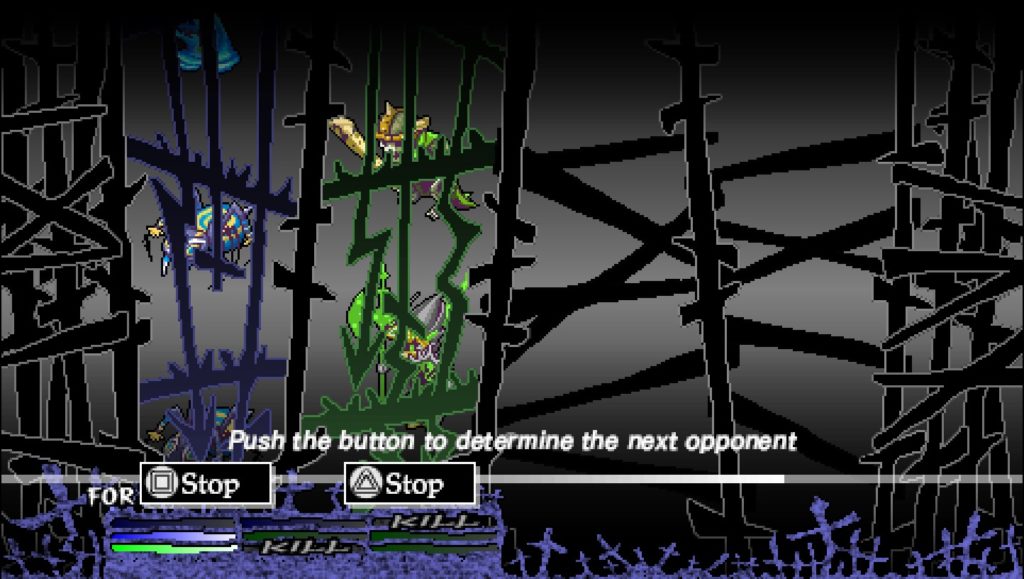
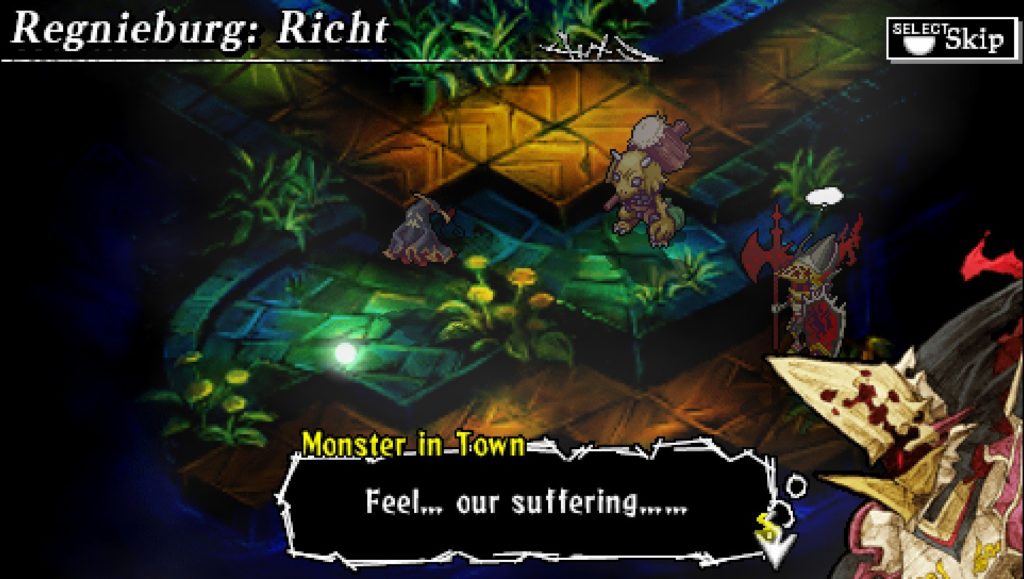
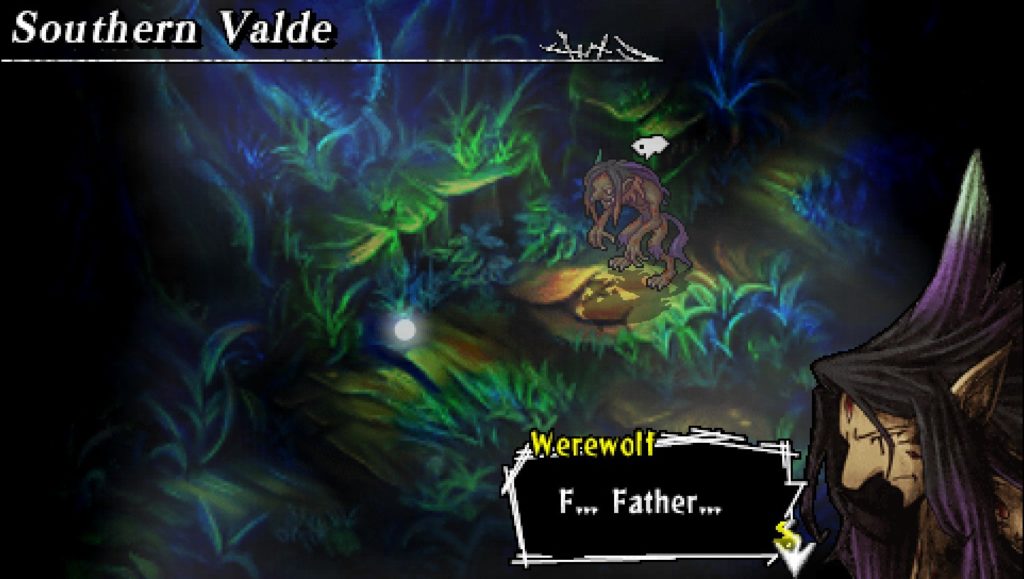

Comments